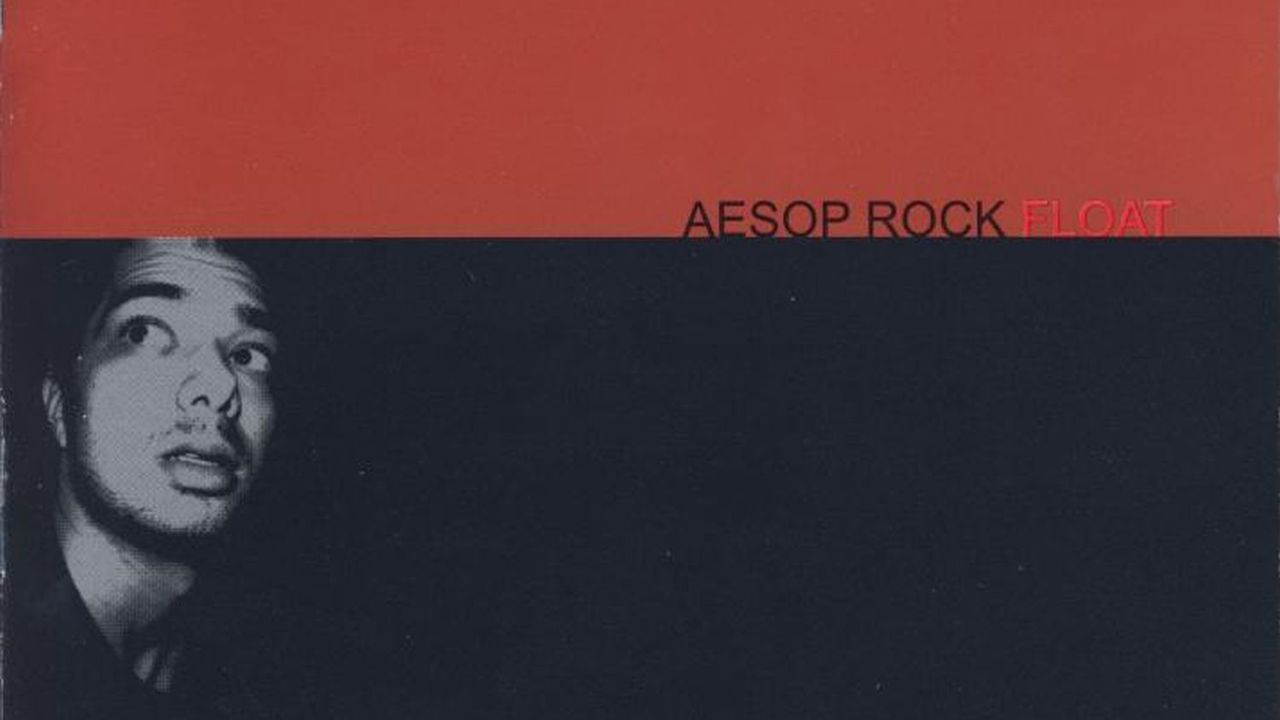In a 2003 interview with CMJ New Music Monthly, Aesop Rock does his best to dismantle his mythology. The piece paints a portrait of a hyperactive mind wracked with executive dysfunction, the plight of an artist caught between the gears of his own brain. Standing in his messy apartment, replete with spent matchbooks and ashtrays overflowing onto the floor, Aes looks on as El-P, his labelmate, and Teal, his publicist, pick up empty water bottles and discarded CDRs.
It’s easy to imagine him spinning in circles, ambivalent about the profile and unsure of how to help his friends clean; his quotes oscillate between a slight grandiloquence about his records being classics and a rattling anxiety about how he’s perceived. This was during the press cycle for Bazooka Tooth, his nervy fourth record and follow-up-slash-fuck-you to 2001’s Labor Days, the breakthrough that propelled him into minor rap stardom. People were calling him a “genius,” but, as he tells the reporter, “Look at my fucking crib. There’s Pepto Bismol spilled on the freaking coffee table.”
That feeling had been bubbling up in Aes since he’d started getting press. Music journalists treated him as a specimen to dissect, while posters on Al Gore’s internet viewed him as the greatest lyricist to touch a mic. He didn’t see himself as either. The reality was more straightforward, humanizing even: Born Ian Mathias Bavitz, in 1976, between brothers Graham and Chris, he was raised in a quiet part of Suffolk County, New York. He spent most of his free time drawing, a passion that would lead him to Boston University, where he graduated in 1998 with a Certificate of Fine Arts. Although he loved Run-DMC and the Beastie Boys, there were no grand designs to grow up and become a rapper. In interviews, he shrugged off any connection between his visual art practice and his music career, and when asked about his dense, cluttered lyrics, he’d respond, “I just write about what I see and perform it with conviction. It’s mad obvious when cats act deeper than they really are, so it doesn’t make sense to do that.”
